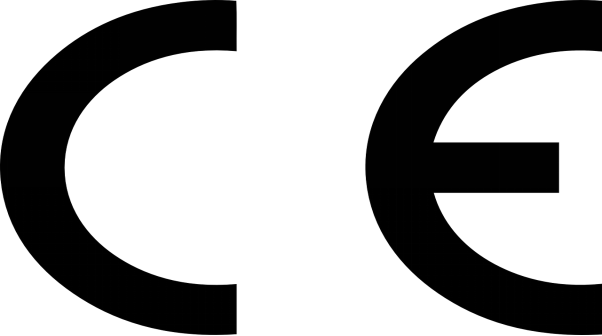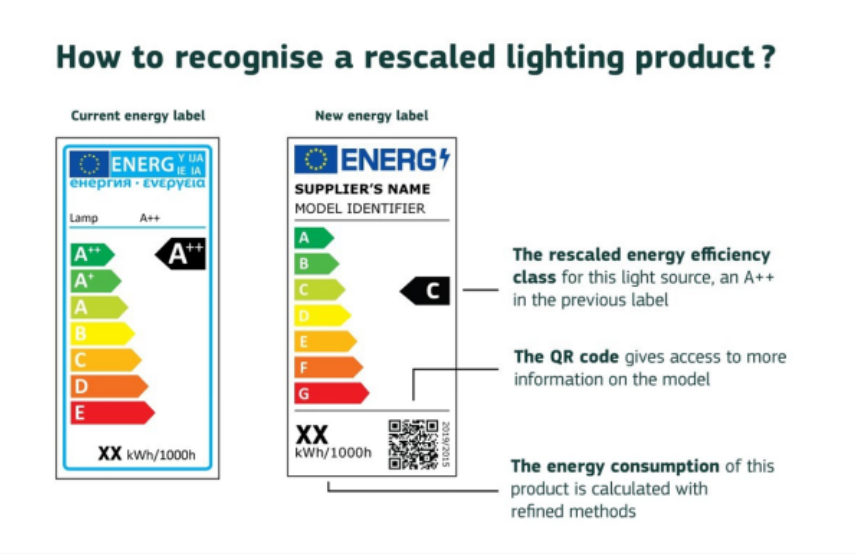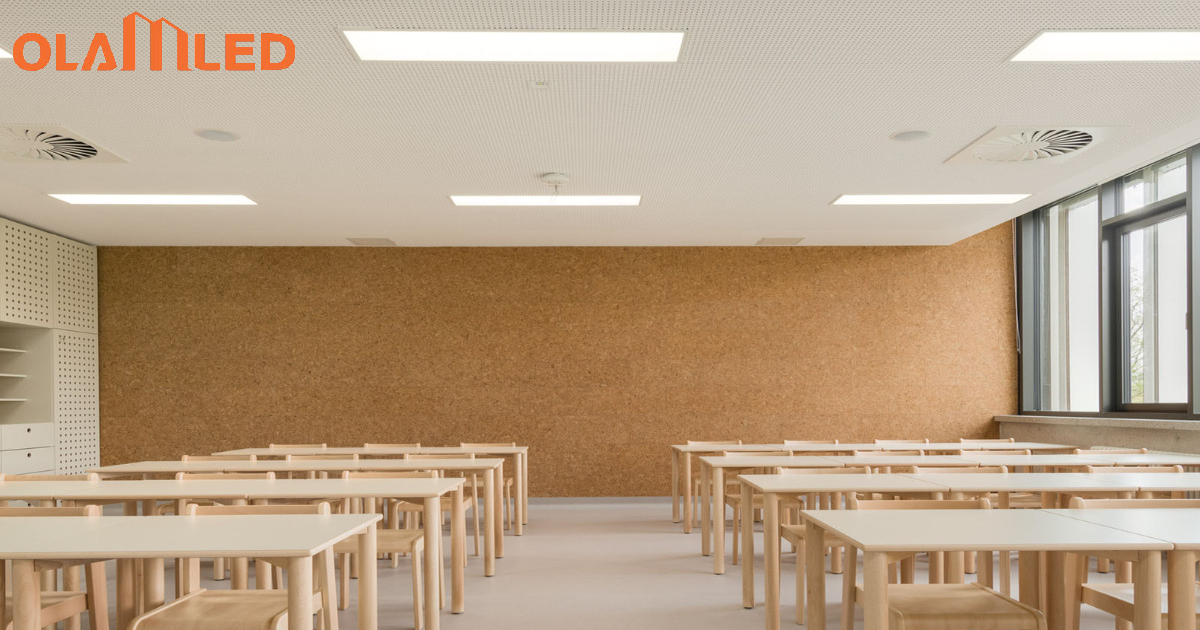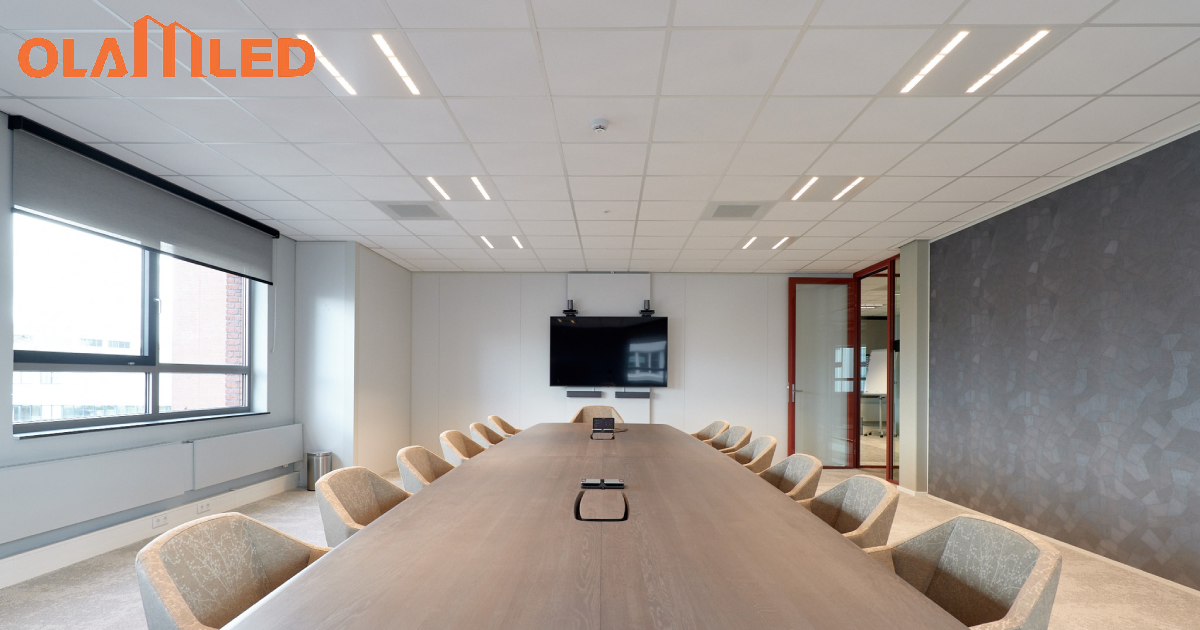LED lighting products provide a more energy-efficient experience without heat or UV emissions. They are Eco-friendly and last longer.
Light Emitting Diode (LED) technology was discovered in the 20th century. Much research has led to the current, more improved LED products. LED technology has evolved from traditional lights to automotive, healthcare, entertainment, and agriculture industries.
Manufacturers need safety regulations and certifications to ensure safety standards for LED lights. Consumers should look for these certifications when buying lighting products.
When it comes to the lighting sector, Europe has set specific standards to be met for anyone choosing to sell in their markets. Hence, they are the market leaders when it comes to regulatory standards.
Europe keeps updating its certifications according to advancements in new technologies. Some new certifications include the labeling of light sources and control gears.
This article highlights the most important certifications, including CE marking, EMC and Radio Equipment Directive, Ecodesign directive, and many others.
What Are The Safety Regulations And Certifications In Europe?

Because lightning technologies continue to evolve rapidly, you must keep updated on the new developments. New certifications and safety regulations follow the new developments, and you must know them to comply.
EMC Directive and CE Marking
The Electromagnetic Compatability (EMC) test assesses the level of electromagnetic emissions emitted by electronic devices such as Bluetooth-enabled LED lighting and WIFI. By testing, you will know if the device will interfere with nearby devices or if the electromagnetic emissions will interfere with your device, too.
The primary purpose of the EMC directive is to try to keep the side effects of electromagnetic emissions produced by various electronic devices and installations under control.
Once all the EMC tests are done and prove compatibility, a brand can self-certify or use the services of an EU Notified Body to apply a CE (Conformitè Europëenne) mark on the product. Before you can publicly sell your electronic products, they must meet certain standards.
In Europe, you get EC certifications; in the United States, you get FCC certifications.
All electronic products marketed, imported, and sold in the European Union (EU) must comply with the electromagnetic compatibility directive. Products with a CE mark are presumed to comply with the EMC directives and other applicable regulations.
Radio Equipment Directive (RED)
This specific directive is set to start enforcement on 1st August 2025 as it is still working on harmonising some of its standards. All wireless devices and products, such as smart LED lighting products sold in the European Union, must comply.
All radio equipment is covered in the RED directive. We give a few examples in the table below:
| Devices Under the RED directive, | Devices not under the RED directive, |
| Devices that use the Bluetooth function, | Amateur radio equipment, |
| Transmitters and receivers, | Marine Equipment |
| Devices that use the WiFi function, | Radio equipment that is mainly used for activities that relate to public safety (military, police) |
| Smartphones/cellphones | Aeronautical equipment |
| Radio transmitters/ remote controls |
The RED Act highlights new requirements for developers of wireless devices and products, especially those at risk of privacy issues and cyber attacks. The following devices must follow the RED Act:
- Any Devices that communicate over the internet, such as smartphones and tablets.
- Wearable devices such as fitness trackers.
- Childcare equipment and toys such as bay monitors.
Manufacturers must perform a personal assessment based on the harmonised standards we expect to publish in June 2024. Alternatively, they can rely on a third party provided by a security laboratory.
Eco-design Directive
Under the Eco-design directive, manufacturers of energy-using products are mandated to reduce their products’ energy consumption. They should also ensure that their products have no negative environmental impact.
There are two requirements:
- Specific requirements have exact values measured with limits. I.e., maximum energy consumption.
- Generic requirements may not set “limit values.” However, they might require that the product be “energy efficient.”
The above factors should be set during the design stage, hence the name “Eco-design.” Manufacturers intending to bring their products legally to markets in the EU must follow all standards and certifications set.
All energy-using products sold in the EU’s domestic, commercial, and industrial sectors must follow this directive. The directive applies to all products regardless of where they are produced as long as they will be sold in the EU.
Energy Labeling under ERP Directive
The Energy Labeling directive mandates that every product under the ERP directive must have a label highlighting power, consumption, energy efficiency class, and sound power level.
The European Commission allows brands to come up with their labels. LED lighting products are among the 16 products that must have a label. However, the directive exempts some products, such as original artwork, military equipment, emergency lighting, and battery-powered light sources.
ERP stands for Energy Related Products Directive, an initiative by the EU. The primary purpose of initialing ERP is to improve LED lighting products. The ERP directive covers multiple energy-related products, among which lighting products, consumer electronics, and heating equipment are counted.
ERP creates a set of requirements for these products to ensure that they help offer energy efficiency and environmental sustainability. Under the ERP directive, LED lighting products are subjected to energy labeling requirements. This label offers consumers information about the energy efficiency and performance of the products.
The energy label has a specific format comprising energy consumption, measured in Kwh. It also includes information regarding the light’s luminous flux and color temperature.
Apart from energy labeling, the ERP directive also imposes specific requirements on the manufacturers of lighting that focus on eco-design. Such requirements ensure that the products are designed in a way that reduces the environmental impact through their usage cycle.
Instructions about the usage of consumers are also included to ensure efficiency, and what sort of usage patterns and maintenance practices the users must apply are laid down. The manufacturers are responsible for ensuring that their lighting product complies with the eco-design requirements and the label set out by the ERP directive.
The body with the mandate to verify that products sold in the EU follow the Energy Labeling Under ERP directive is the National Market Surveillance Authorities. The authorities only allow the sale of LED light-regulated products.
ENEC+ Certification Scheme
The European Norms Electrical Certification (ENEC) is a mark that demonstrates compliance with the relevant European safety standards for electrical equipment, lighting, light fittings, and traditional light sources.
However, the ENEC+ certification scheme is not compulsory. However, you can only get the certification from an approved independent testing laboratory.
Buyers have more confidence in electrical products with ENEC certification as they know they comply with European safety standards. Any manufacturer wanting to get the ENEC+ certification their products must carry the ENEC safety mark.
Product Traceability and CE Documentation
Product traceability ensures you can link the product to a manufacturer, importer, batch, or production facility. Market surveillance authorities can trace defective, non-compliant, and unsafe products.
Due to the traceability information, marketing authorities can take corrective measures such as product recalls or withdrawals faster. Product traceability information would allow the authorities to recall all the units sold of the particular product.
Product recalls can have very negative reviews for a manufacturer. Hence, product traceability can help manufacturers act early when a product is defective or non-compliant. That way, they can avoid product recalls.
The traceability information on a product label should contain:
- Company name
- Company address
- Stock keeping code (SKU ): The SKU code has an alphanumeric combination of characters. The SKU code contains information such as size, weight, color, brand, style, and other elements describing the product.
- Batch ID: A series of alphanumerical digits assigned to a group of products manufactured simultaneously and in the same facility. The identification of a specific production batch is now possible.
A CE marking indicates a product’s conformity to traceability requirements. Some CE directives also require product traceability documents such as a technical file, a Declaration of Conformity (DOC), and a user manual.
European Requirements for Light Sources and Control Gears
A light source is a device that can produce visible or radiant energy for illumination, such as fluorescent, incandescent, etc. Control gears connect light source devices to the main electricity.
Manufacturers must disclose detailed product information as shown in the table below:
| Light Source | Control Gear |
| Color rendering index | QR code redirecting to a manufacturer’s website with free access |
| Luminous flux | Percentage efficiency in full load. |
| Correlated color temperature | The type of light source it is intended for |
| On mode power | Standby power |
All the information should be on the light source or the control gear packaging where they are separate.
Updates in Ecodesign and Energy Labeling Guidelines

New regulations for different ecodesign requirements came into force in September 2021. Updates with new requirements for light source energy labeling for lighting products also came into effect simultaneously.
The new rules consist of the following:
- Manufacturers should provide information about the replaceability or non-replaceability of control gears and light sources by end users.
- Luminaries will not be required to have a label. Only light sources will be required to have a label.
- A new rating scale has been introduced from A to G, replacing the former classes of A+ and A++.
- A QR code redirects the consumer to the European database EPREL( European Product Database for Energy Labeling) so that they can check the energy performance of light sources.
EPREL Database Registration
Registration of products in the EPREL database is undertaken by all EU importers, legal representatives, or manufacturers. The public can access the database for free. Consumers can access key information about products as warranty details, energy efficiency, and more.
Suppliers who upload the required information in the database are in a position to generate energy labels for their products. As a company, you can register in the EPREL database here.
Manufacturers outside the EU need a legal representative or an importer within the EU to register their products. They must also register their organization and get electronically verified.
What Are The Advancements in LED Technology and Certification?
For consumers, LED certificates ensure that their LED lighting products are safe and work well. Products sold in the European Economic Area (EEA) must have a CE certification. Certifications must keep up to date with any advancements in LED technology.
Some of the recent advancements have led to changes in the Radio Equipment Directive certifications, with new updates set for release by August 2025.
Advancements led to the ban of fluorescent lamps in the UK in 2023 due to the new Ecodesign lighting regulations. Minimum energy performance is what the manufacturers are encouraged to aim for with their LED lighting products.
Conclusion
Standards and certifications are crucial for all lighting products in the European Union. They mandate manufacturers to include labels for easier consumer identification, EMC tests to control electromagnetic emissions and product traceability.
Manufacturers need the certifications to sell products in the European Economic Area. Consumers buying products with these certifications will likely have a better user experience.
These certifications are necessary for there to be a chance of non-compliant, defective, and unsafe products being sold in the EU.
We can’t wait to see the new amendments to the Radio Equipment directive, which will be ready by August 2025.
Everyone should know the current safety regulations and certifications, whether you’re a manufacturer or consumer. Without doing so, you risk potential harm and damage from such products.
Buying LED light-regulated products that follow safety regulations and have the necessary certifications is important for a consumer.



